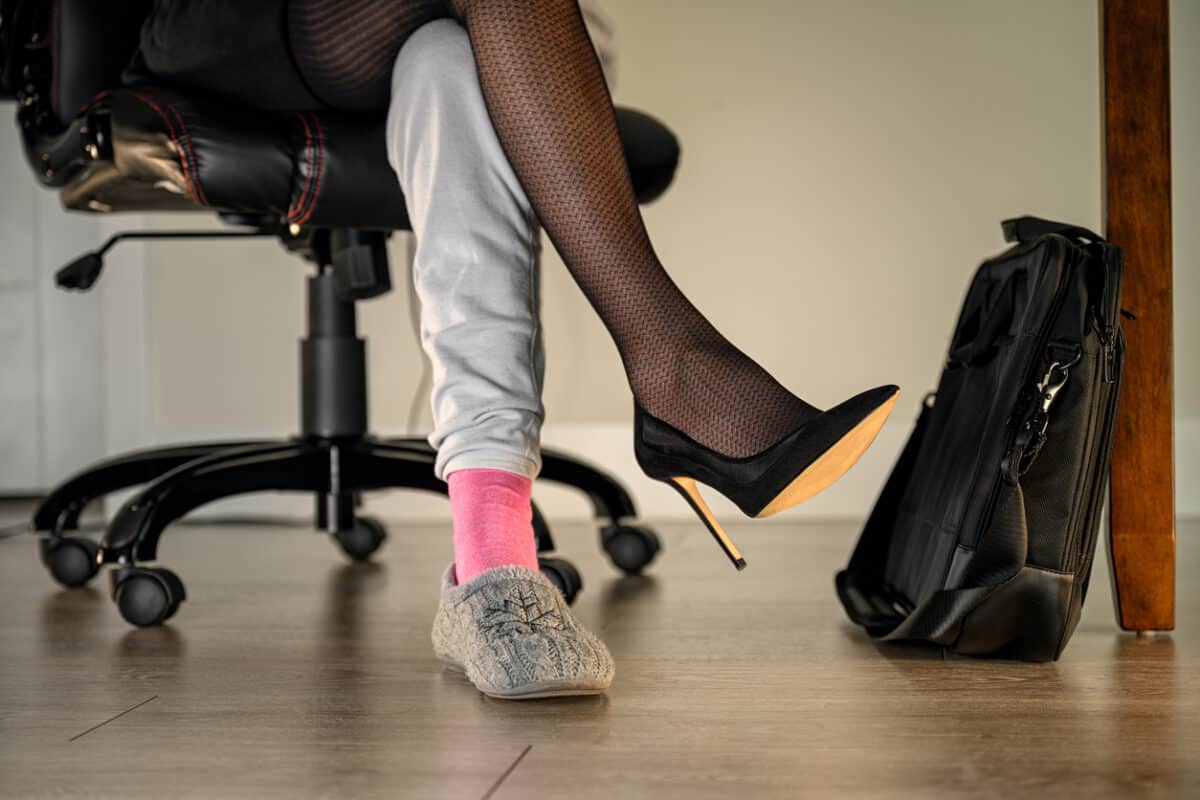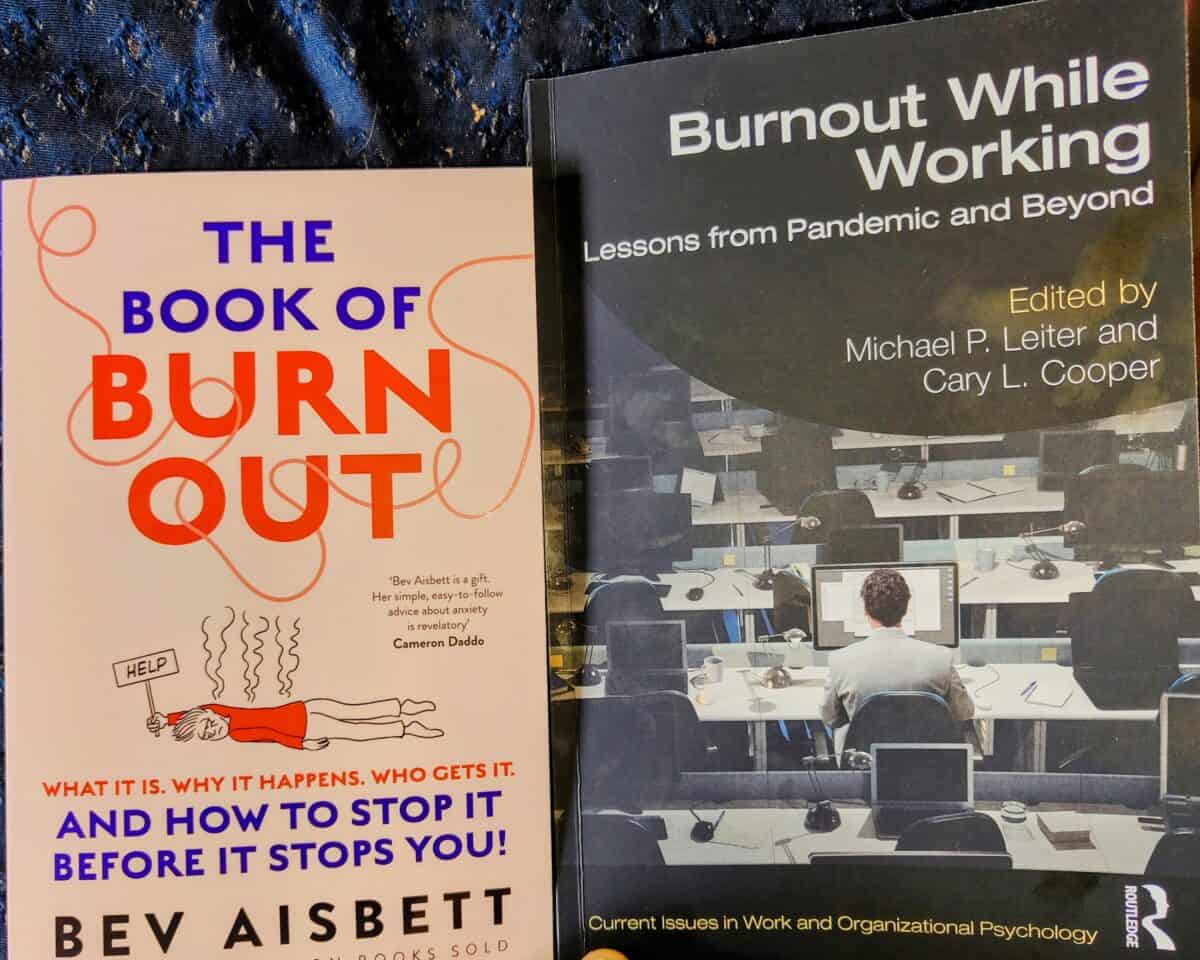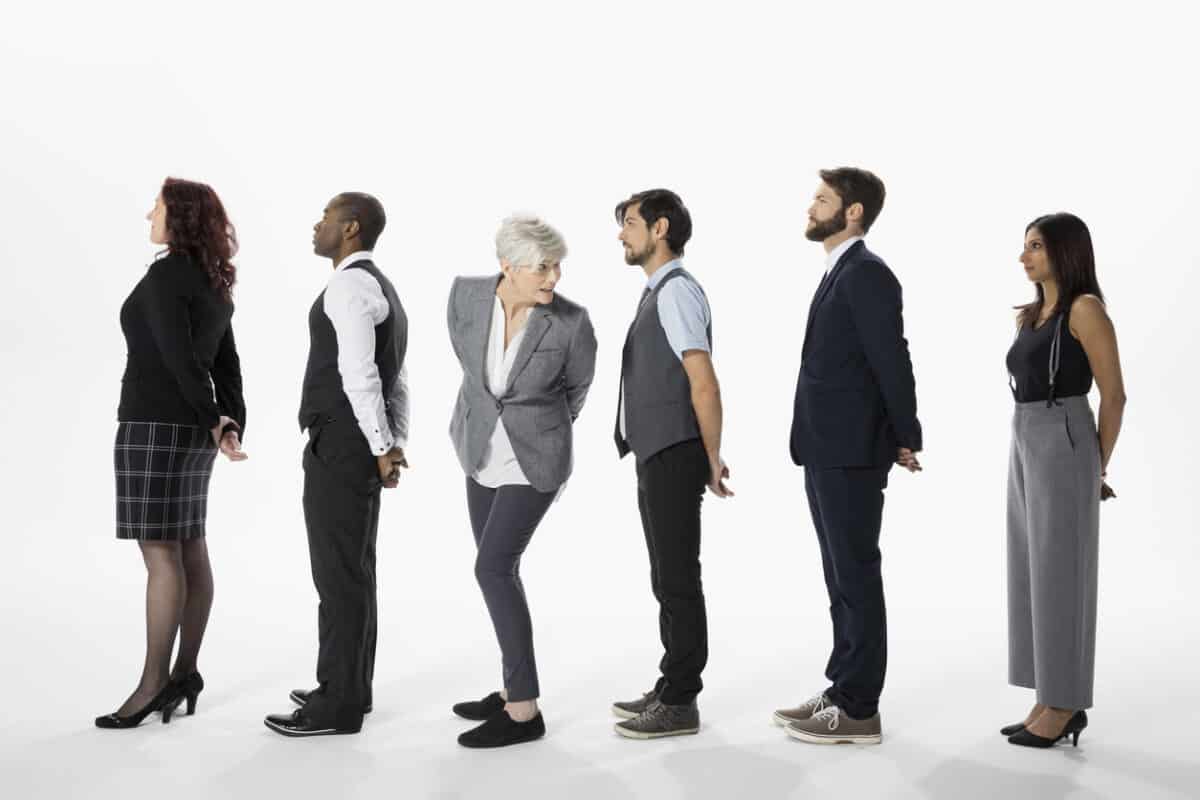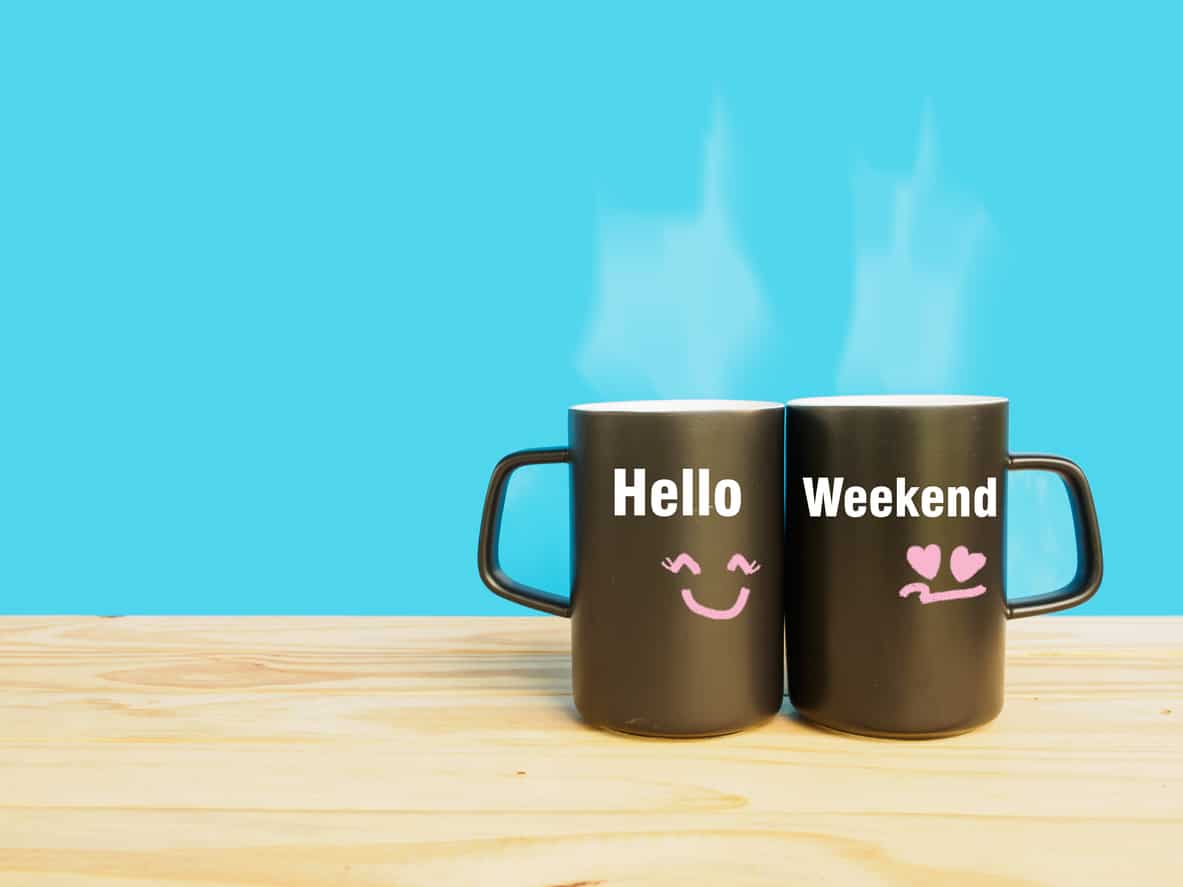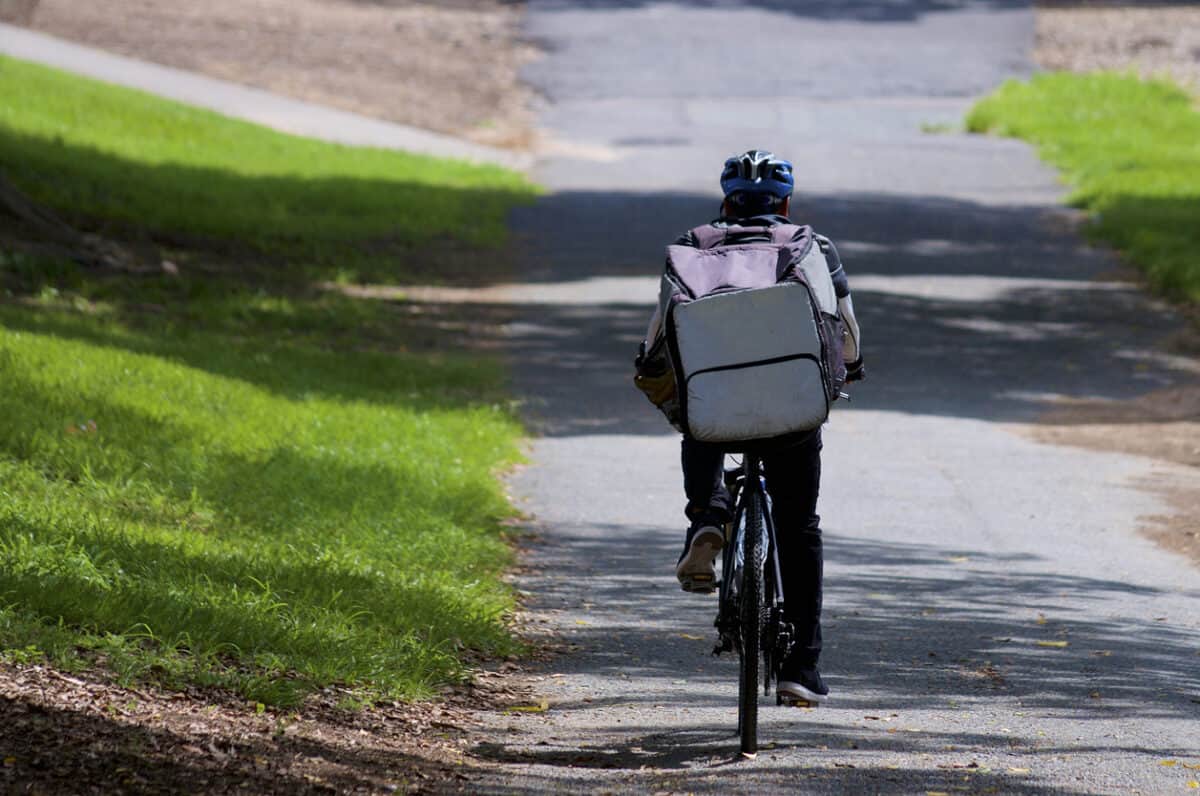Much of the discussion about working from home (WFH) focuses on the number of workers in the office, at home or working a combination of both. The production issues of connection, collaboration, management supervision, and productivity are also the focus, particularly of media articles based on some small survey that is principally a marketing exercise. (The need to provide your contact details before downloading is a dead giveaway) However, occupational health and safety (OHS) occasionally garners a mention.
One recent example of this was an article in the United Kingdom’s The Telegraph, which also turned up last week in the Australian Financial Review.

